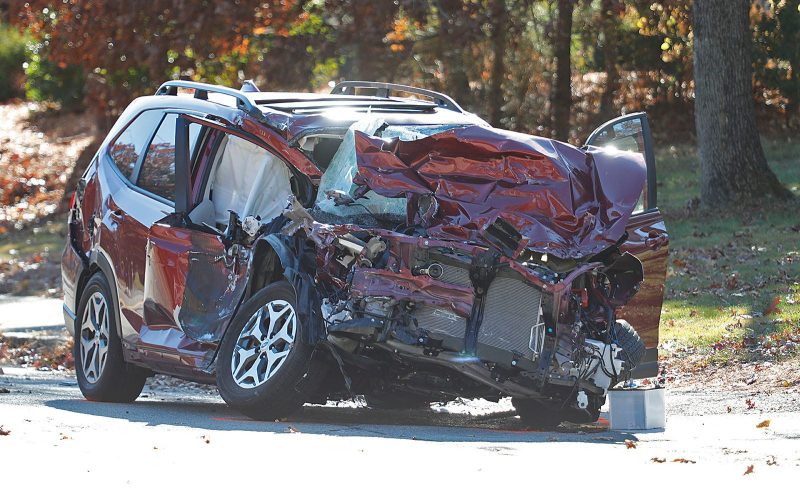As the number of fatal car crashes continue to rise unexpectedly, companies who create commercials featuring stunt driving may be forced to think twice before hopping into a driver’s seat.
For over a decade, car crashes have been the leading cause of death for Americans. Shockingly, the death rate has increased by 14 percent over the past year – and automotive executives are expecting this trend to persist. According to experts, this could possibly be due to the increasing number of adults driving distracted and teenagers driving faster and more aggressively.
With this knowledge in mind, many people are beginning to question the safety of stunt driving in car commercials. Originally, such tricks were used to draw attention and increase sales, but it appears that they may now be counteracting their intended purpose. If the American populace is increasingly aware of the dangers of car crashes, they may be less likely to buy sports cars if they perceive them to be especially unsafe.
The main worry that car companies face when considering stunt driving for their commercials is the public’s reaction. Already, people have started to raise their voices and call for car companies to be more responsible and reflective of today’s world: one where car crashes are treated seriously and not glamorized. In addition, car companies must take into account the fact that their commercials reflect their core values and beliefs as a firm. If these values are not taken into consideration when creating a commercial, they could risk alienating their customers.
Whatever the future of stunt driving in car commercials may be, it’s clear that car companies will have to consider more carefully how they want to present their vehicles. As the rising death toll from car crashes increases, companies could face a backlash if their commercials appear to be promoting unsafe and reckless behavior. In this way, the public’s growing awareness of the risks associated with driving is bound to have an impact on a wide range of industries and organizations.
